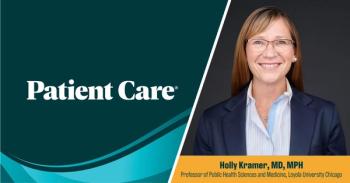
NOACs Linked to Lower Risk for Vascular Issues than Warfarin in Patients with Diabetes, Atrial Fibrillation
Researchers in Taiwan found NOACs were associated with lower hazards of diabetes complications. and death than warfarin in persons with AF and DM.
Treatment with non-vitamin K antagonist oral anticoagulants (NOACs) is associated with a lower risk of vascular complications than warfarin in patients with atrial fibrillation (AF) and diabetes mellitus (DM), according to findings from a population-based study.
Researchers in Taiwan led by aimed to compare the hazards of diabetes complications and mortality between patients with AF and DM receiving either
Investigators obtained data from Taiwan’s National Health Insurance Research Database and used propensity score methods with stabilized inverse probability of treatment weighting to create 2 cohorts with balanced baseline characteristics: one group of NOAC users (n=19 909) and one of warfarin users (n=10 300), all with DM and AF between 2012 and 2017. Cause-specific Cox proportional hazards models were used to estimate hazard ratios (HRs).
During up to 6-7 years of follow-up, patients receiving NOACs had significantly lower hazards of developing macrovascular complications (HR, 0.84 [95% CI, 0.78-0.91]; P<.001), microvascular complications (HR, 0.79 [95% CI, 0.73-0.85]; P<.001), glycemic emergency (HR, 0.91 [CI, 0.83-0.99]; P=0.043), and mortality (HR, 0.78 [CI, 0.75-0.82]; P<.001) compared to the warfarin arm.
Analyses with propensity score matching showed similar results and several sensitivity analyses further supported the “robustness” of these results, wrote authors in the study abstract published in
The study had a few limitations including the fact that the claims-based data did not allow researchers to obtain detailed data on participants’ lifestyles and laboratory examinations.
“Non–vitamin K antagonist oral anticoagulants were associated with lower hazards of diabetes complications and mortality than warfarin in patients with AF and DM,” concluded authors led by Huei-Kai Huang, MD, Institute of Epidemiology and Preventive Medicine, College of Public Health, National Taiwan University.
Newsletter
Enhance your clinical practice with the Patient Care newsletter, offering the latest evidence-based guidelines, diagnostic insights, and treatment strategies for primary care physicians.


























































































































































































































































































































